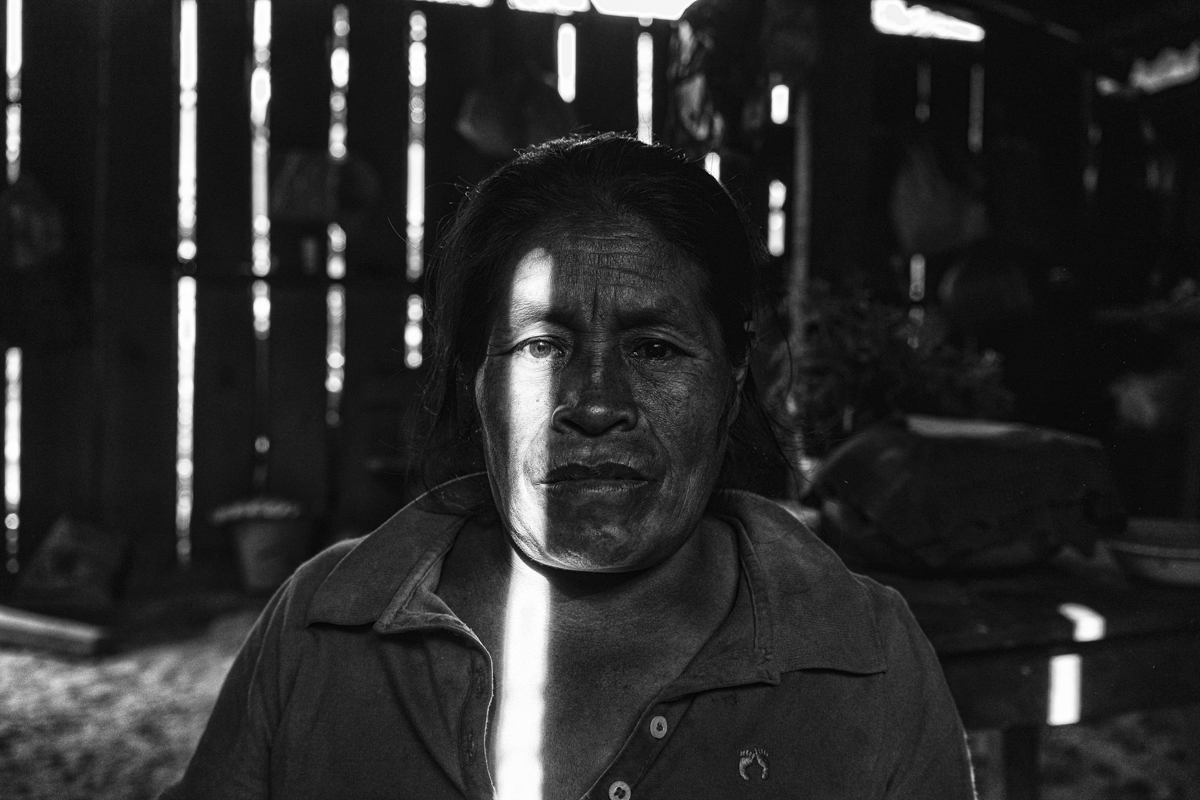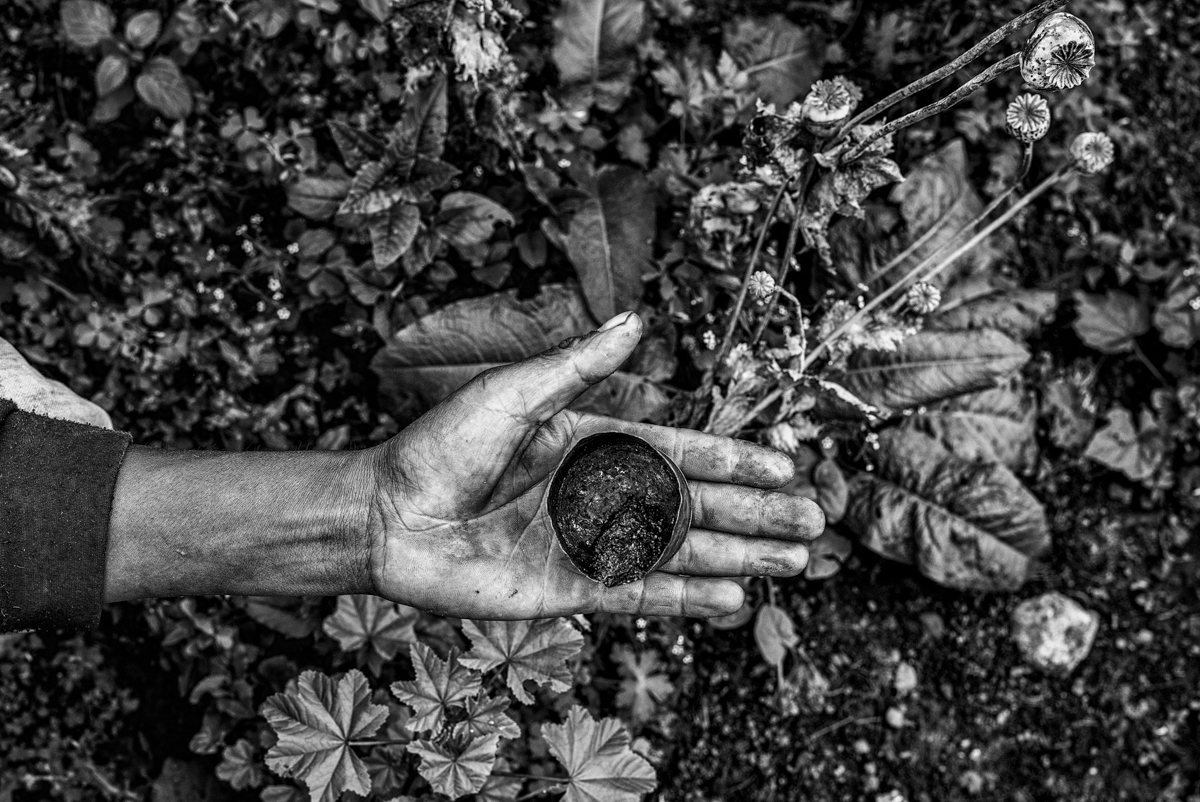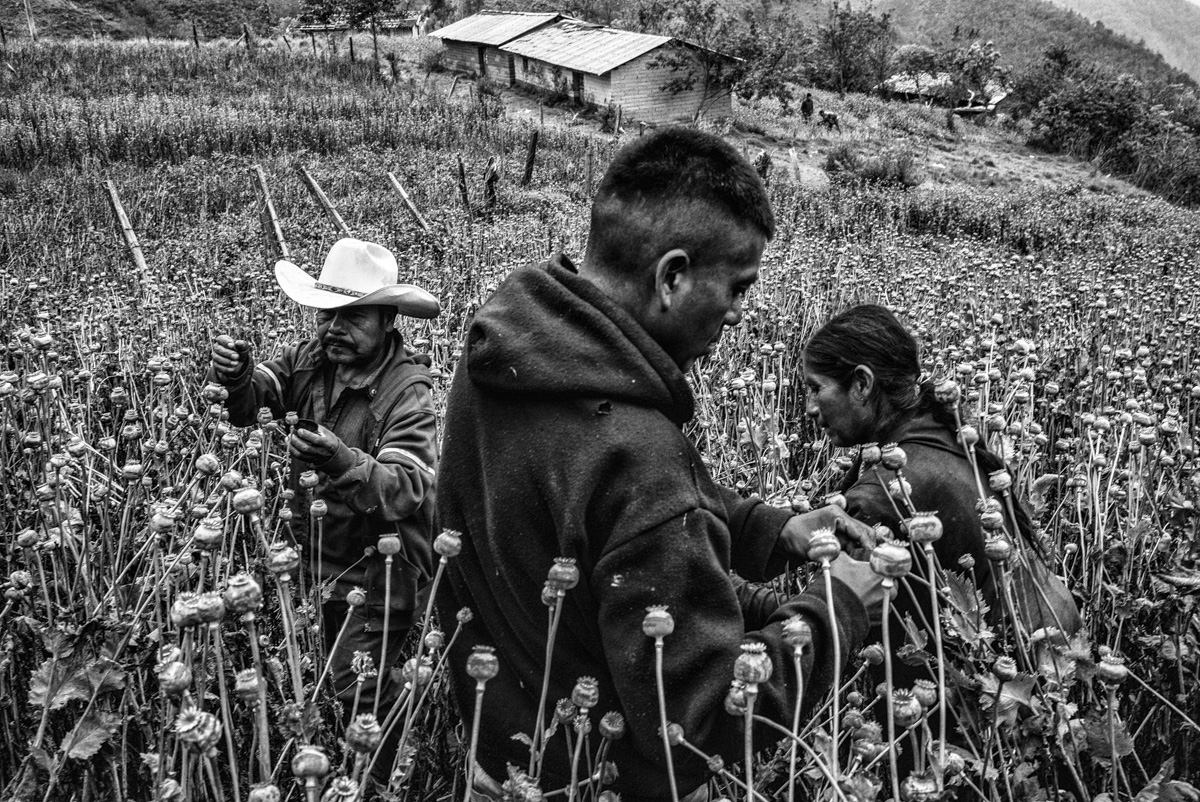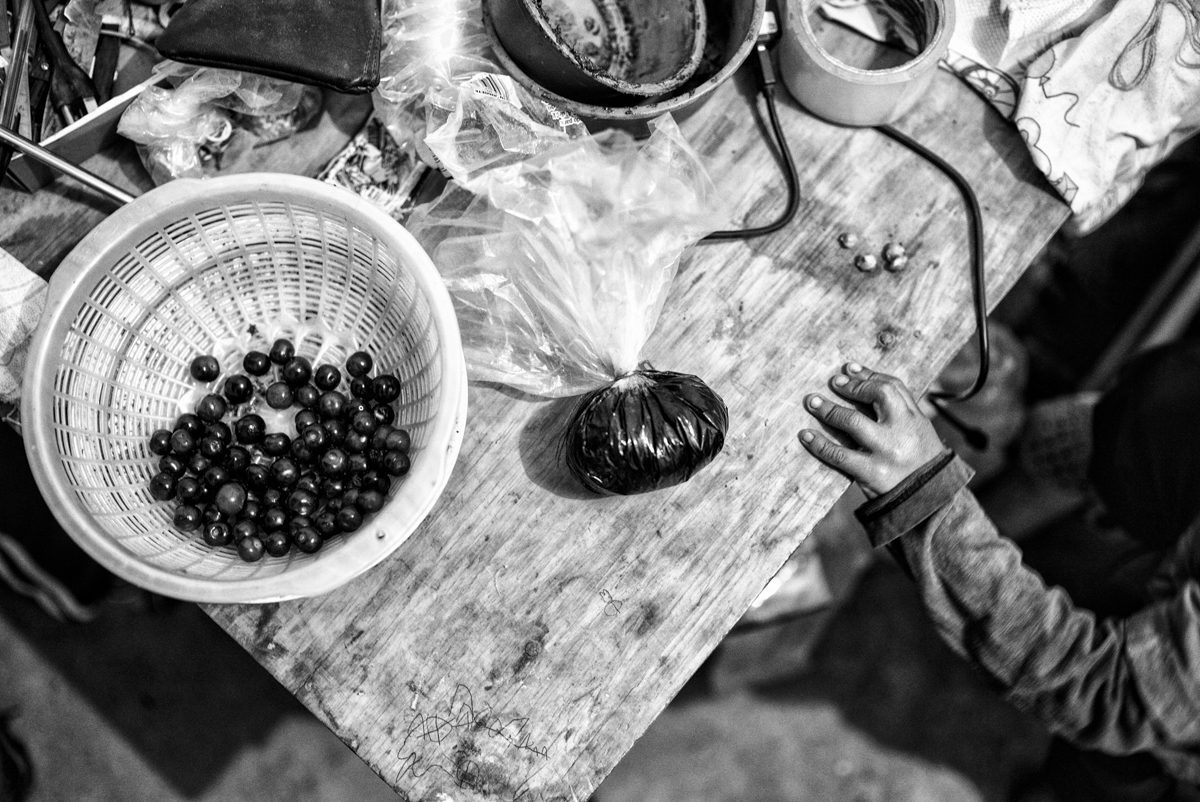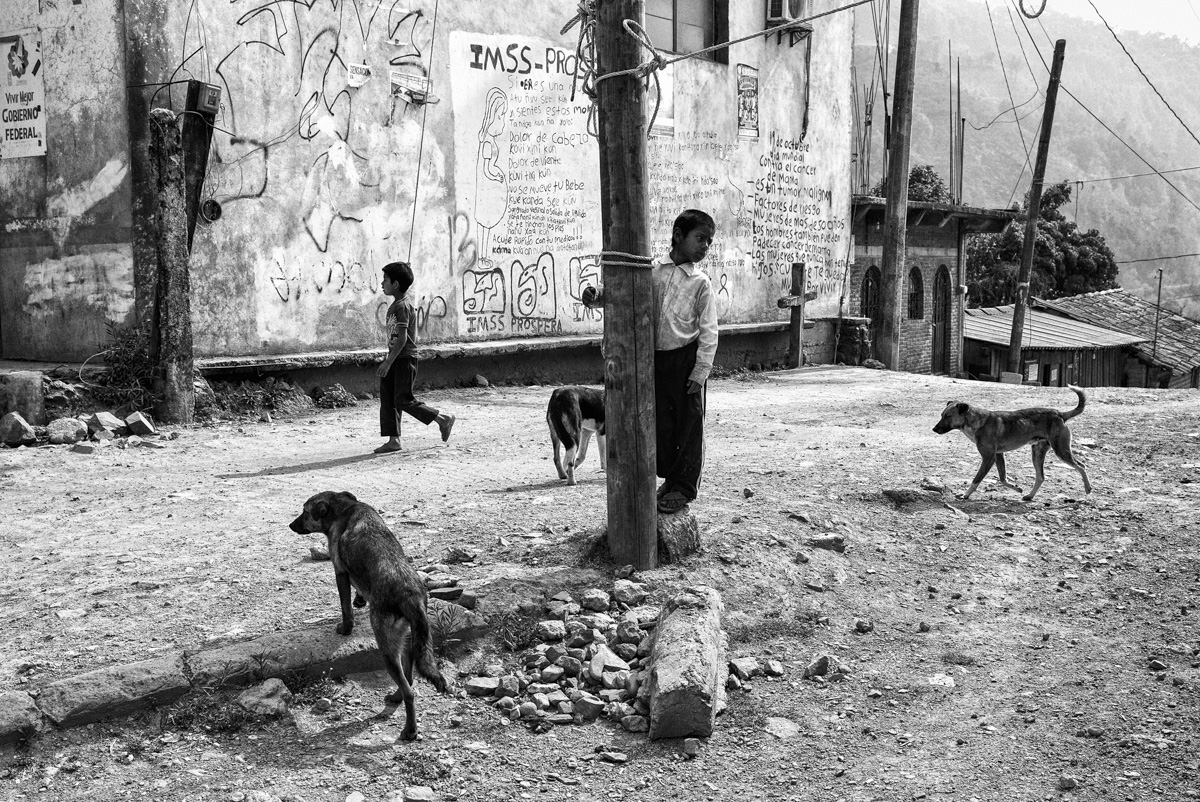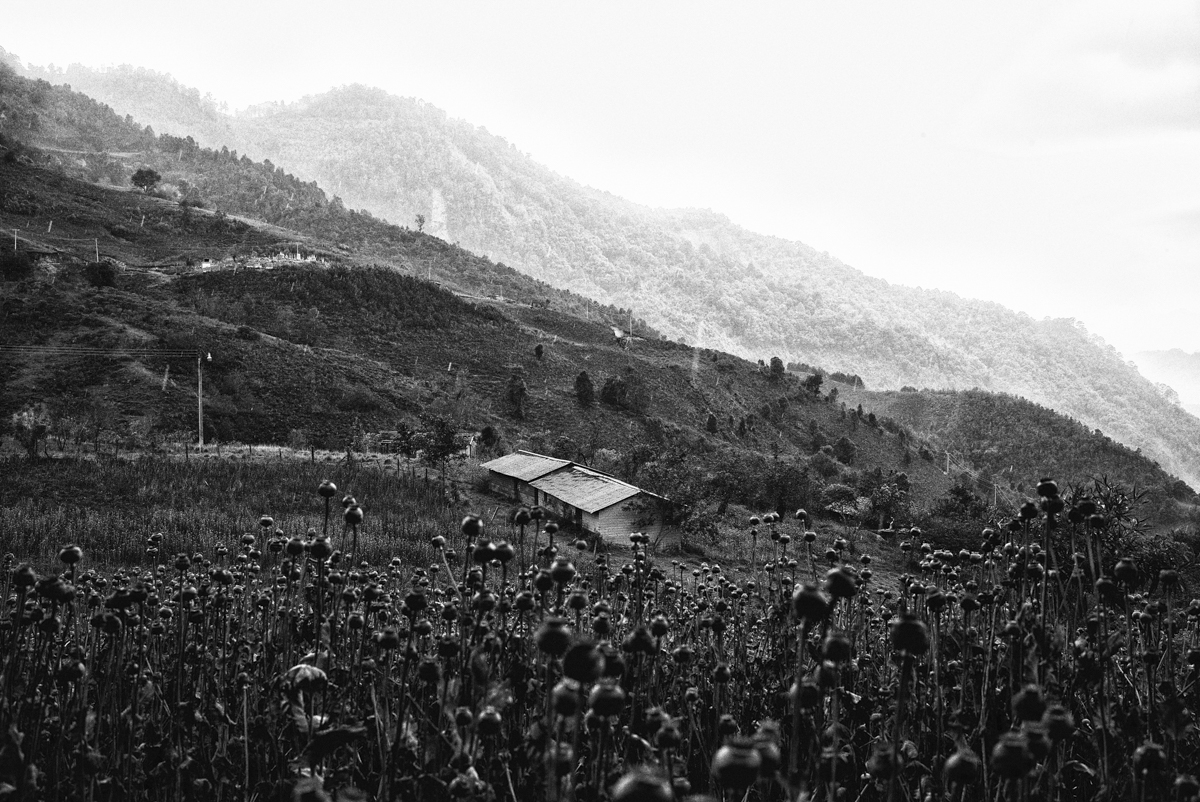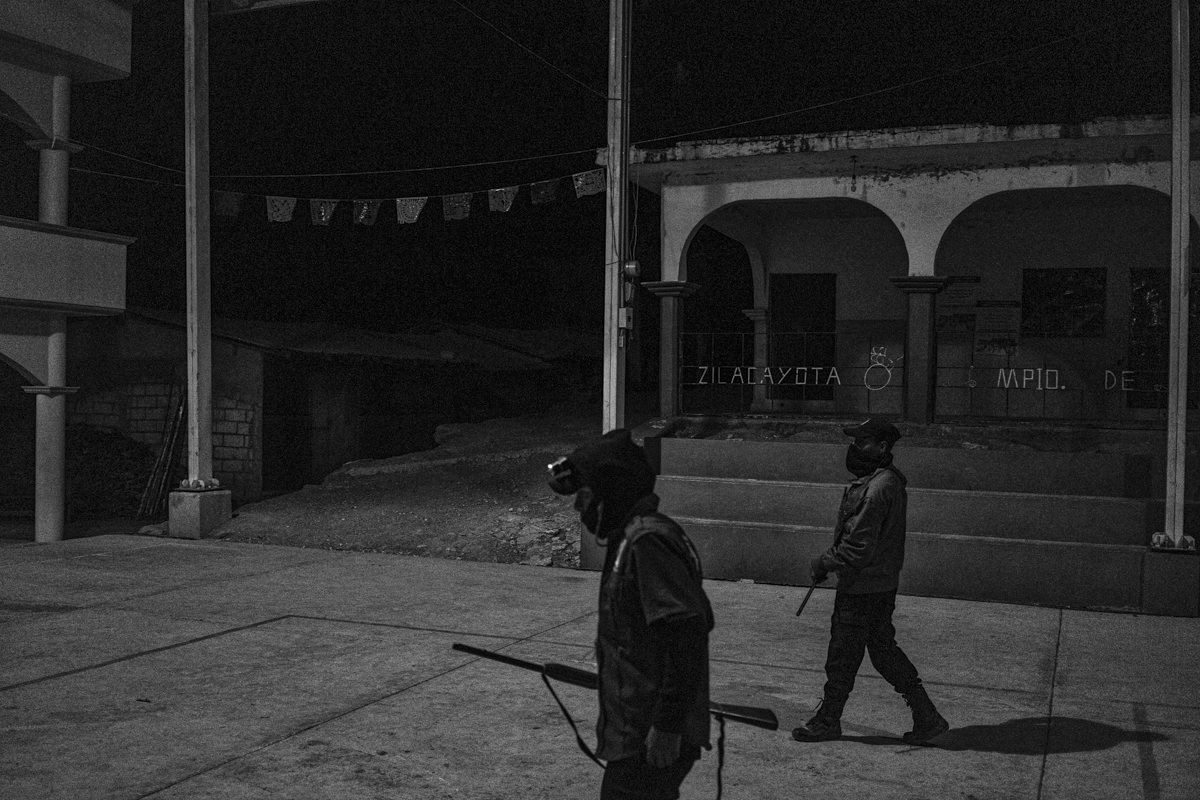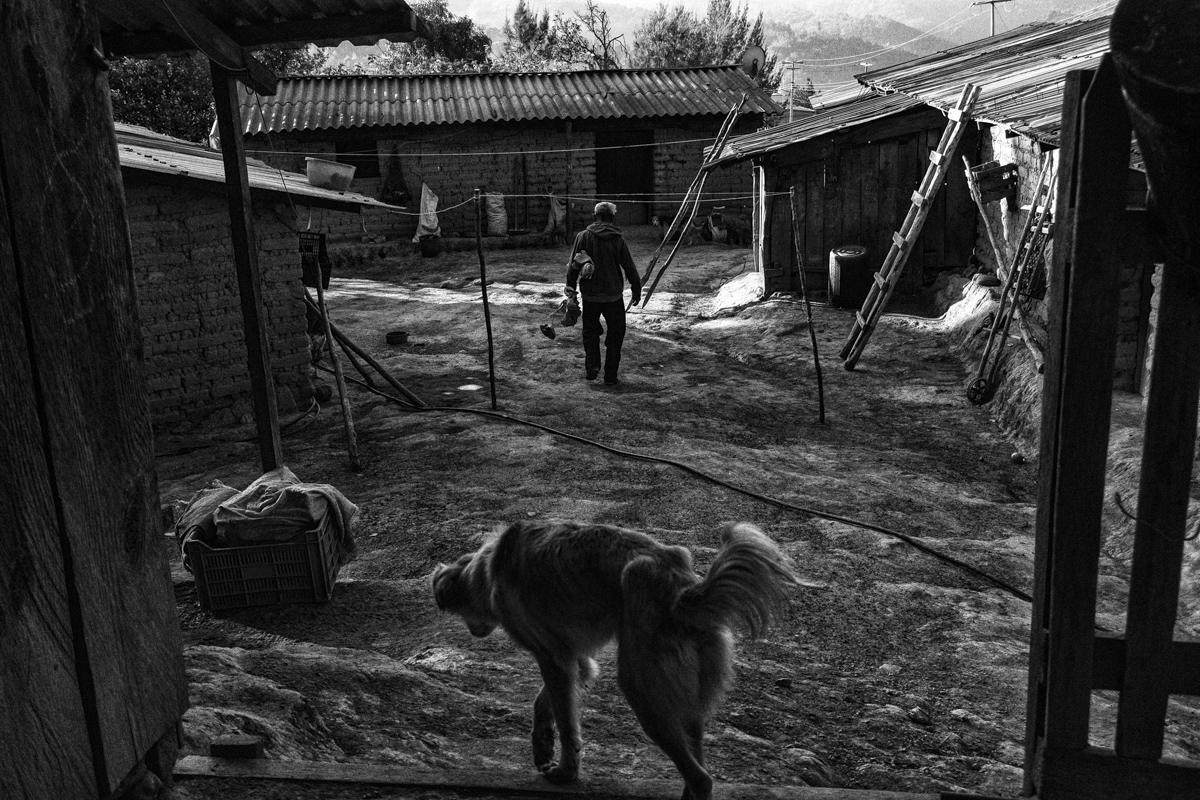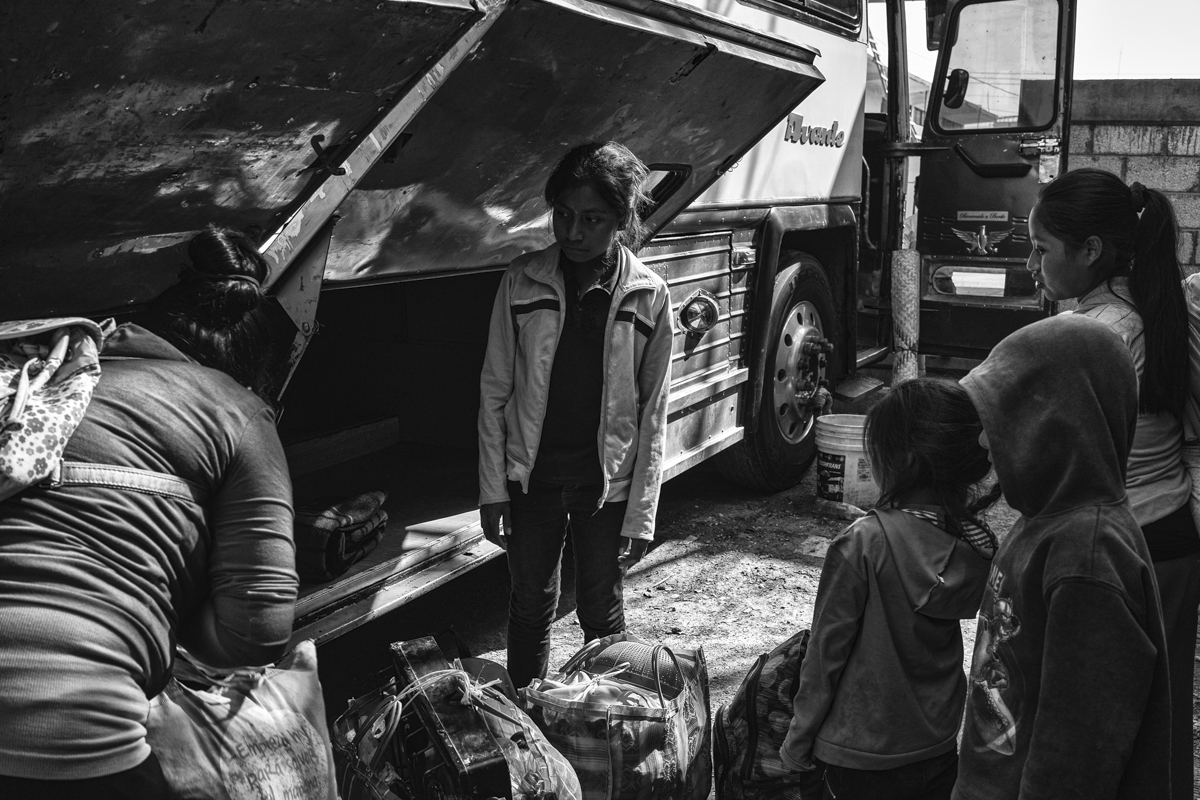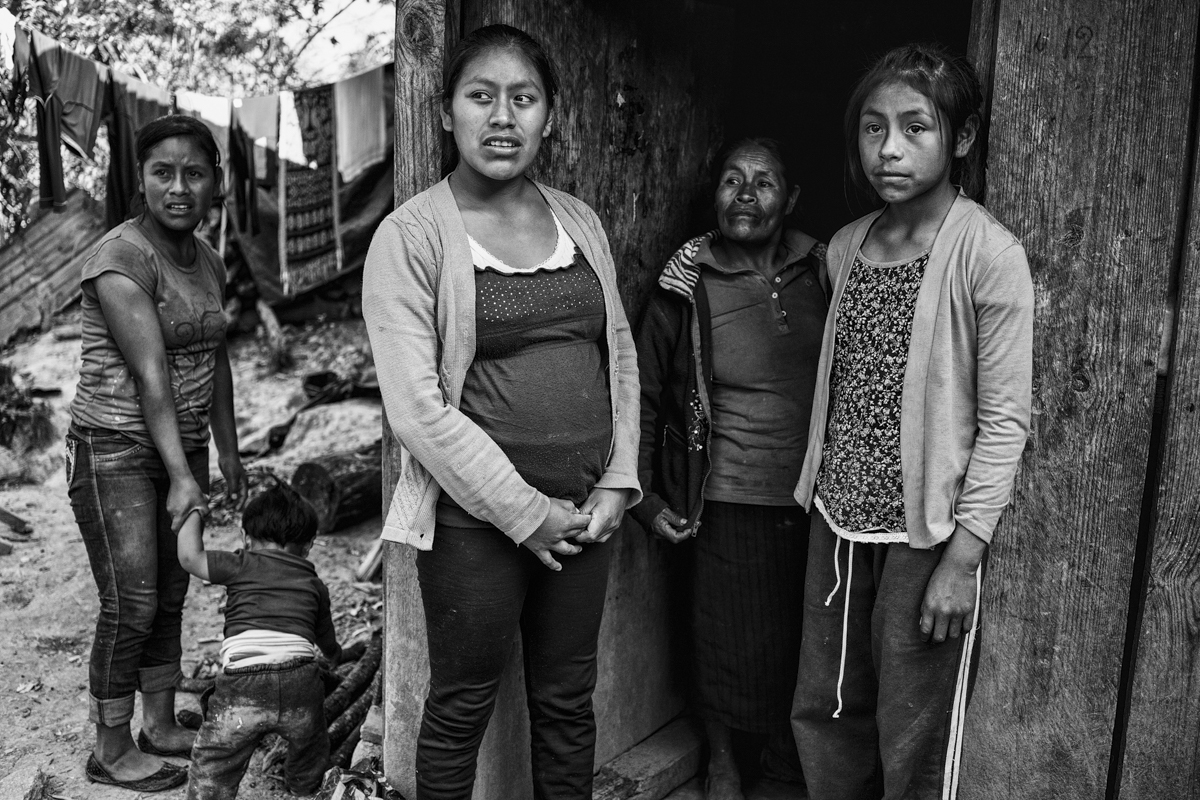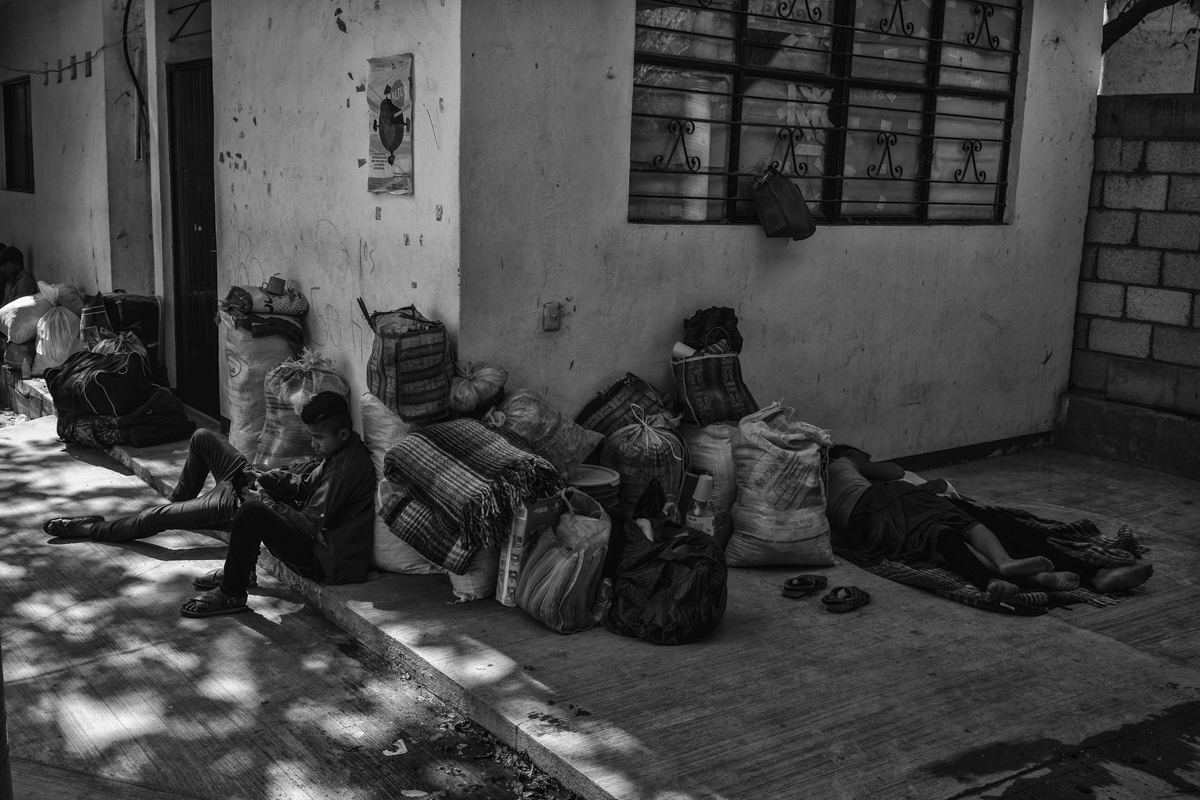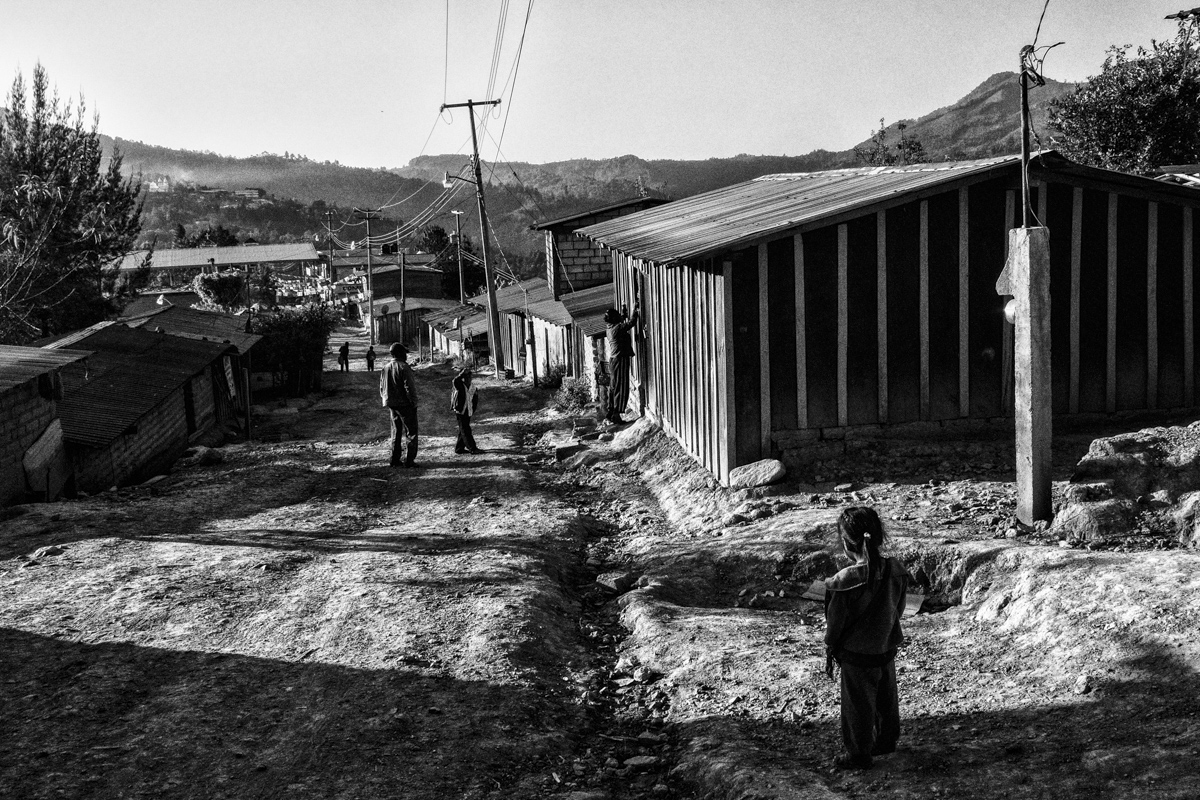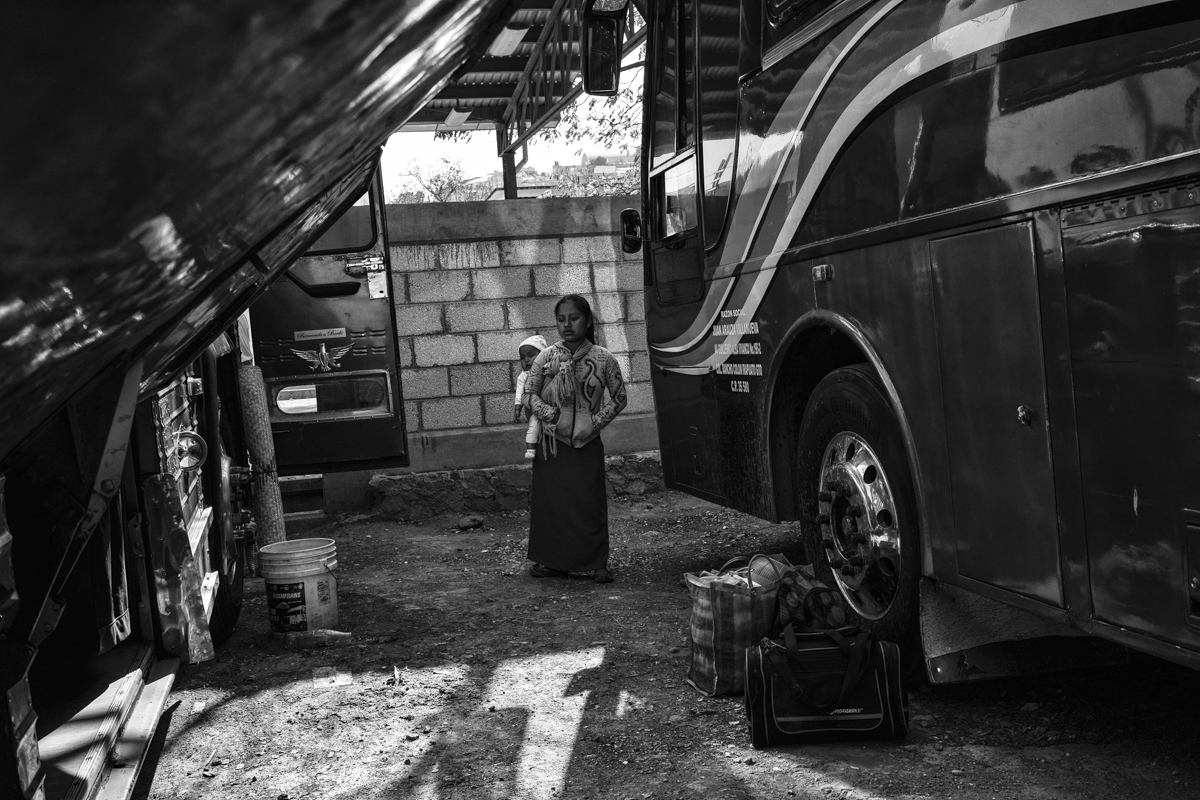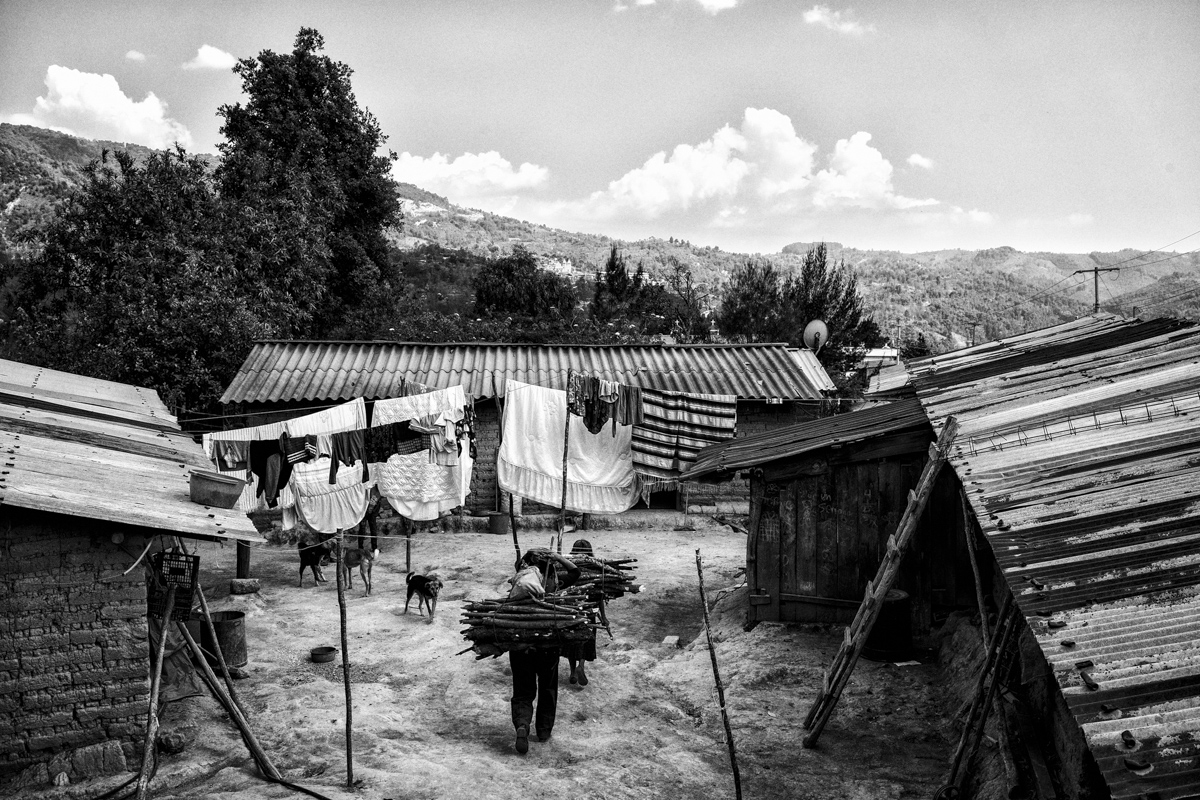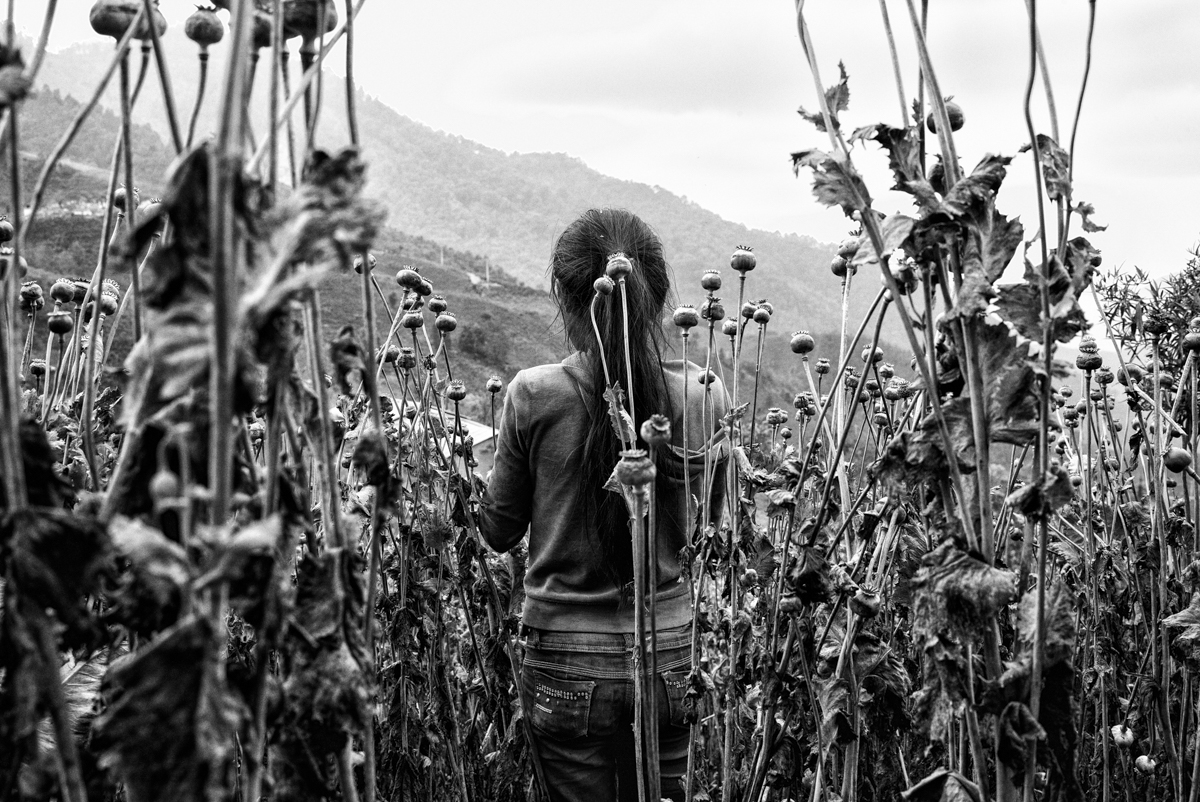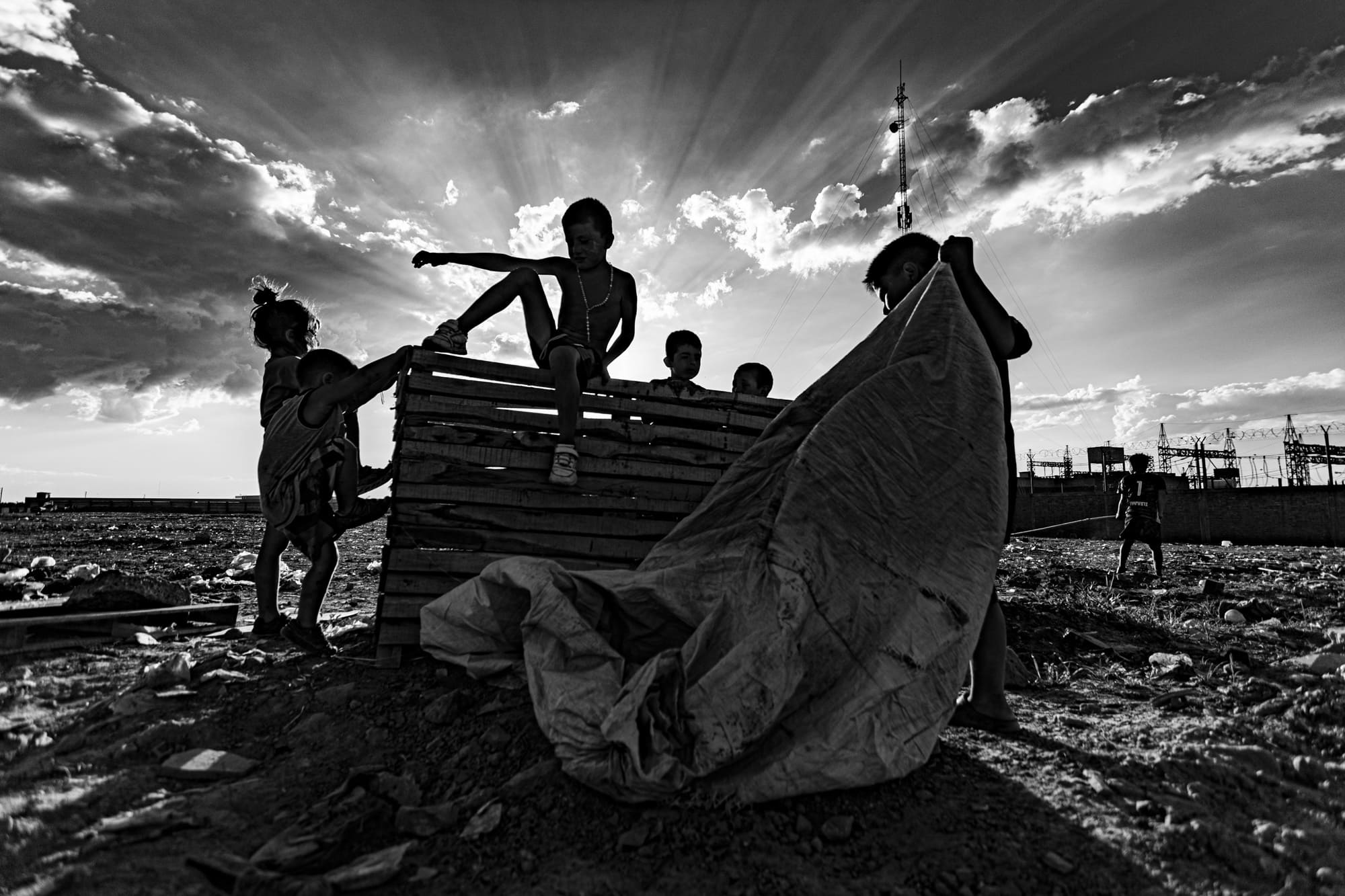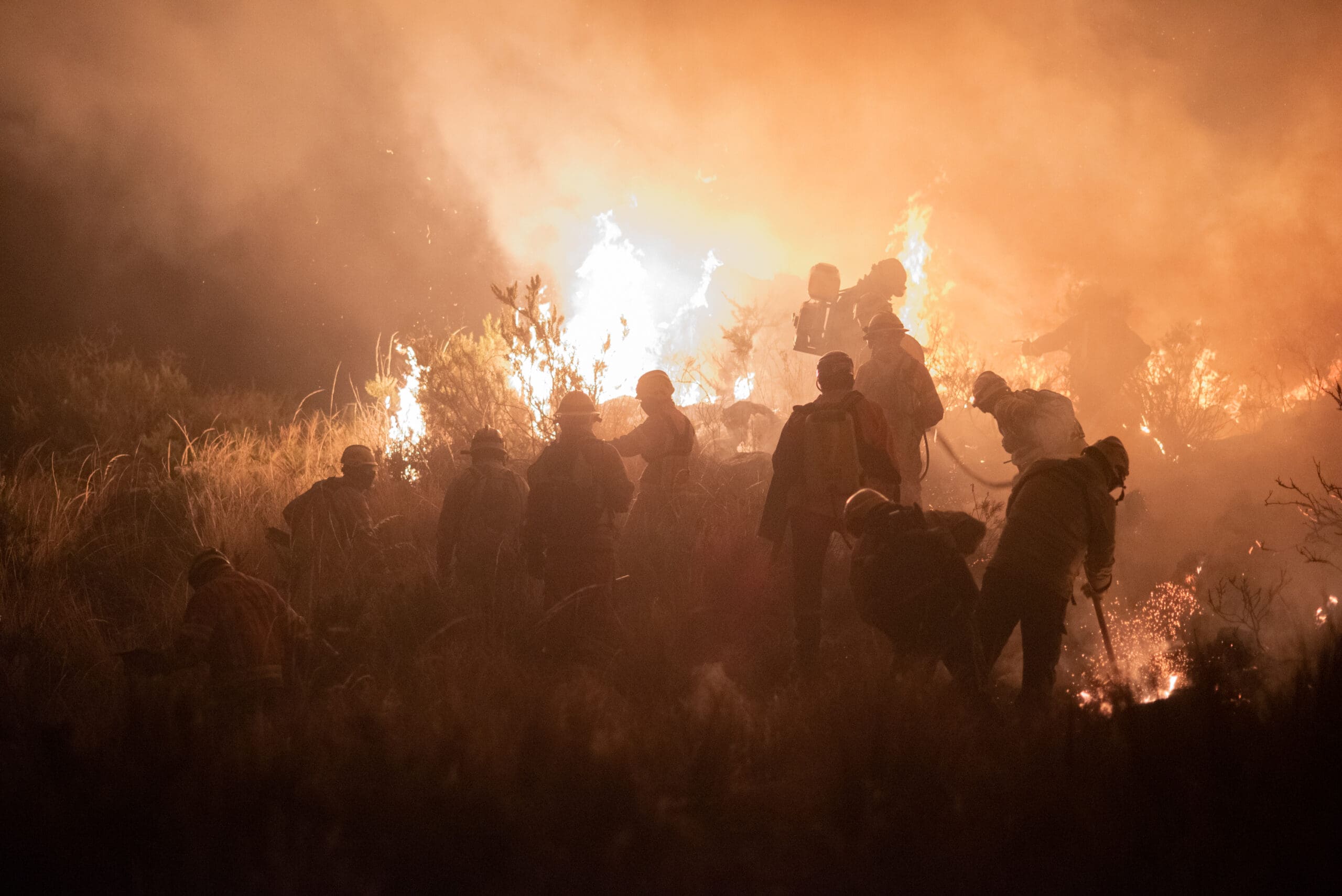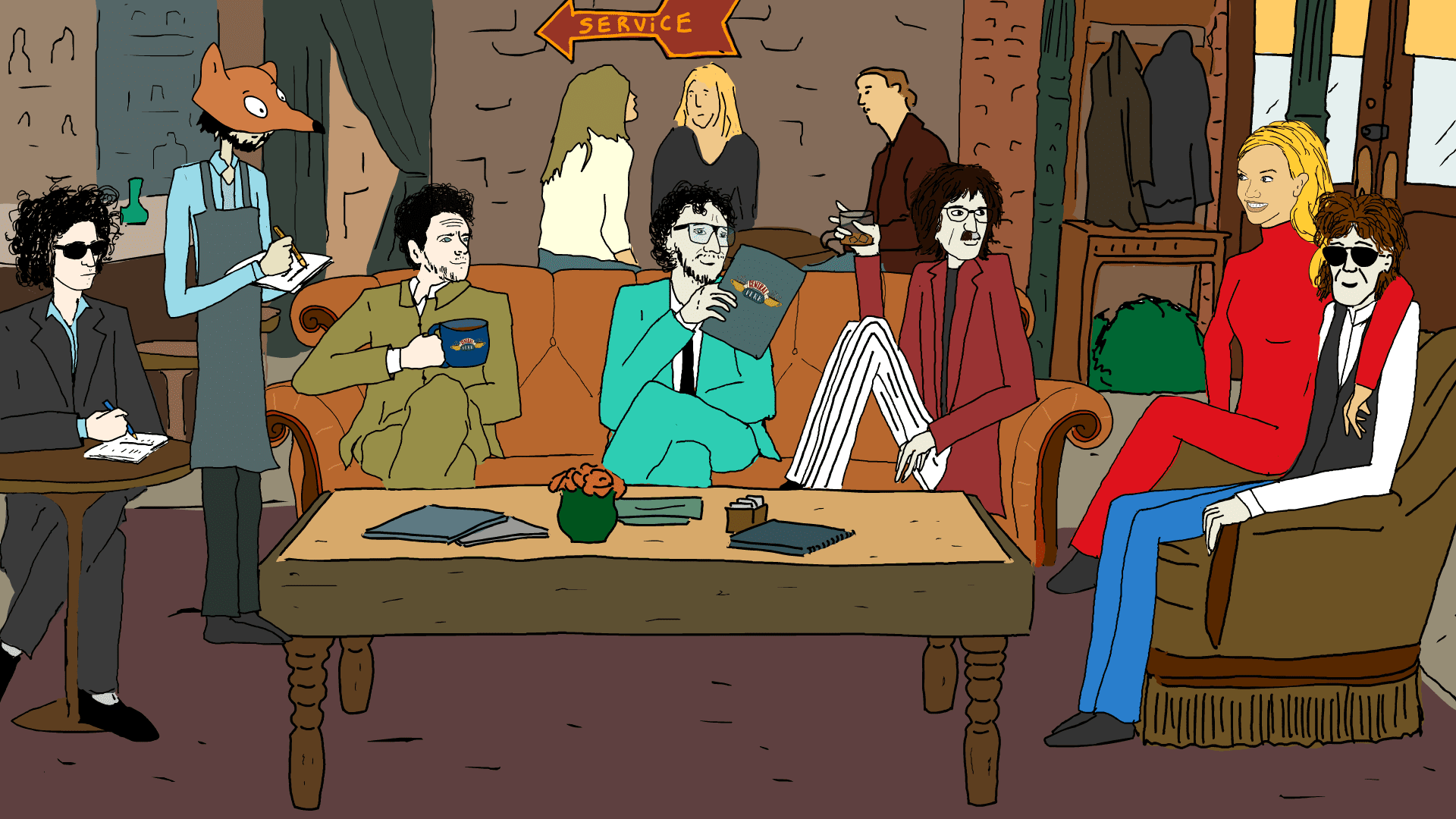The poppy is cultivated in the mountains of the State of Guerrero, which will later become heroin. But daily life there has nothing to do with the narco universe: it is the same as that of any rural Mexican community. There are no pickups or armed people on the dirt roads, no shootings are heard, and no deaths are counted. “They have a peasant job: they simply grate, harvest and sell. It is an illegal crop, but they are not there selling heroin,” says photographer César Rodríguez.
Seven years ago, Rodríguez visited this area of the Mexican Pacific for the first time. He traveled as an assistant to another photographer and was delighted with the landscapes and the friendliness of the locals. Two years later he returned alone. A colleague from the community helped him contact the farmers. “I was afraid of not knowing what was going to happen,” he recalls.
60% of the country’s poppy is cultivated there in the mountains of Guerrero. There, Rodríguez found entire families tilling the land: boys and girls, adults and the elderly. For them this cultivation is a way of subsistence. “What they earn is to survive, not to get rich,” says the photographer.
The income generated by the sale of poppies to the drug cartels ensures the subsistence of hundreds or thousands of peasant families. “I spoke to people who were able to send their children to study in other towns or cities thanks to the poppy. A man sent his two children to the university,” he says.
Along the routes of the mountains, where corn fields were once seen, now almost everything is poppy. They are small communities in which the vast majority of their inhabitants are connected in one way or another to poppy production. The youngest, Rodríguez says, are aware that much of the harvest –the one that does not flow into the legal pharmaceutical industry– will one day become heroin. But many, especially the older ones, do not even know what it is used for: “Someone just told them to harvest and that they were going to pay them and they have done it for a long time.” Some families rotate crops: one season they plant corn, the other poppy.
Rodríguez has spent four years touring the mountains of Guerrero: portraying landscapes, people and scenes of peasant life. When he tells his friends or relatives about his work, they imagine him surrounded by luxury trucks and armed people. But the reality is different. Living conditions are similar to those of any other rural Mexican town: “there is no electricity, no running water, no basic service that exists in the cities. In some cases there is no transportation. There is no school either, so they walk several kilometers to go to another town,” he says.
When asked why he continues to portray life in the poppy fields after so many years, Rodríguez finds it difficult to explain. He says he has no clear reason. There he just feels comfortable. “People are very friendly, they welcome you with open arms,” he says. But above all things – he says – the mountains of Guerrero are a place that makes him happy: “I disconnect from everything, it takes away my worries.”
And on the way to achieve that disconnection, Cesar knows he is making a portrait of a part of Mexico that few people are encouraged to look at.
